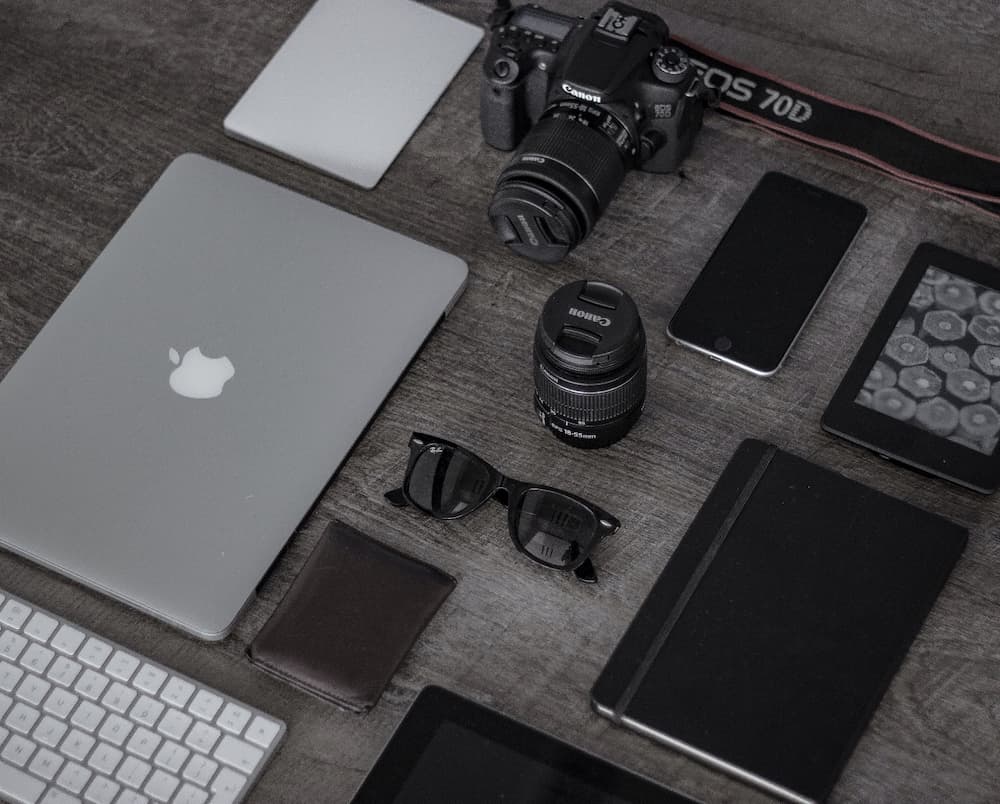Abstract: Diary studies and field studies are essential to the discovery phase as they allow designers to build a strong foundation for UXR and UX design. These methods are rooted in ethnography and reveal how products and services are used in the real world.
Making the case for ethnographic methods
Hypotheticals reign supreme in UX research (UXR), and they have their place; however, these types of studies do not always capture the everyday lives of users. Thus, we must move toward testing in context. That means testing users in their natural environments while going about their daily habits. It is worth noting that the term, ethnographic methods, is interchangeable with contextual methods as both seek to understand the user better in their everyday life.
As we move into contextual methods, we must consider the tools to gain these insights as well as the intended goal. Approaching contextual methods like field studies and diary studies necessitates understanding when, why, and how to use them. In UXR, both diary studies and field studies are amongst the most popular contextual methods to truly understand the everyday lives of users. Further, contextual inquiry aims to understand the user flows, pain points, environments, tools, and habits. Designers and researchers should utilize these methods early in the discovery phase of UXR.
Knowing that ethnographic methods like diary studies and field studies give designers and researchers a glimpse into the natural use of products and services seems reason enough to study. However, outside of understanding users, this ultimately opens up a way to communicate with key stakeholders about gaps in the market and a user’s experience. As champions of the user, designers and researchers should always be linking back to how their ideas not only make the experience greater but impact the overall marketability of products and services – UXR and ethnography do just that (read about the importance of UXR to UX design).
During the discovery phase, researchers use field and diary studies the most to develop customer-journey maps and inform iterations and new features in products and services. These methods allow designers to truly capture the full picture that hypotheticals can’t. Early on in the discovery phase, designers and researchers should take advantage of the far-spanning impacts that ethnographic methods instill in the design process. Not only does this allow for a better understanding of users, but this also leads to crafting better hypothetical scenarios in later usability testing of iterations and features.
To be truly intuitive, all designs start from a place of genuine understanding.
Remote Field Studies
Field studies take place in the real world. In field studies, direct observation is key to truly understanding the unknowns to develop products and design services. With this UXR method, designers can start to understand the nuances of use.
With increasing connection and globalization, these types of findings are more available than ever. Field studies were once relegated to in-person observation; however, designers and researchers are gaining the upper hand with the advent of remote field studies. Not only are they able to conduct these studies remotely, but designers can now study more representative users within their varied contexts.
When to use them
To understand how use is supplemented
As designers and researchers on specific products, it can be quite easy to impose a design – thinking it meets the needs and lives of the user. However, this is generally not the case. Often users employ supplemental materials, tools, and even people to help them complete a task that a product should achieve in one seamless experience.
For example, government and medical forms often have fractured experiences requiring users’ substantial effort. From needing to find particular credentials like a birth certificate to writing down confirmation numbers or calling a family member for a specific answer, these are all examples of exceptional load on the user — something digital forms and products are meant to lessen.
However, designers may not know the load this puts on users until they see it. Once they do, they can understand how to inform and prepare users with materials they may need, as well as simplify or find new ways to assist users in completing the task in one seamless experience.
To understand how use is impacted
In their everyday lives, users often lack focus due to a constellation of realities: kids, pets, work, feelings, and more. With a field study, designers get a front-row seat to authentic user experiences. When it comes to reality, users need products that allow them to pause and finish later, multitask, and task-switch effortlessly.
Designers can improve experiences by designing for disruption. This means lessening the criticality of errors with back buttons, allowing users to pause and resume as well as building for recognition rather than requiring users to recall significant pieces of information. For example, a user may have had to tend to a sick child while getting a quote on car insurance. Instead of starting over, she should be able to easily and quickly resume and review information from the previous session to complete the task.
To understand how users achieve goals
It often seems like a design will lead all users down the same path without incident, but this is not the case. Designers are often shocked that users don’t see the “obvious” path designed for them. The key issue here is that the path was designed for them and not with them.
It can be humbling to see that what is obvious to designers is often overlooked by users. To ensure intuition, designers must understand as many workarounds as possible. To do this, they need to understand how different users approach the same product to ensure success for all users.

Remote Diary Studies
Diary studies enable designers to understand long-term user behavior and beliefs. (learn how to conduct a UX diary study) Over an extended time, users are recruited to keep a log of their activities surrounding the use of a product or service. Sometimes these studies require prompting from the designers or researchers to remind users to maintain accurate and timely logs.
Remote diary studies are one of the most effective tools to wield during the discovery phase when conducting generative research; however, diary studies can be tricky due to retention issues. However, the burgeoning remote UXR market has increased inclusivity and retention across the product market.
When to use them
To understand everyday lives
Unlike usability tests that capture information over an extremely short period, remote diary studies track use over an extended period. The findings from this type of study uncover frequencies of feelings and behaviors as well ecological impacts on use.
For example, users of a rideshare app may check traffic patterns a few hours before ordering a ride to ensure timely arrival. If this was a common user experience in the study, a designer could build a new feature to schedule future rides.
To differentiate between expectations and reality
Products aren’t used in a vacuum — they are used in the real world, which can be quite messy. Though it is impossible to account for anything that could happen, designers may learn of significant discrepancies challenging users. Diary studies are integral for checking the assumptions of a design.
For example, a food delivery app may notice that group orders differ significantly from how a family or single person may order. If a designer noticed that multiple companies were challenged with getting orders from all of their teammates and then correctly entering those orders, a designer might figure out a way to send a shareable link to anyone wishing to order to place their orders. These orders would then be funneled into the master order for whomever to complete and pay for without hassle.
To differentiate between beliefs and actions
Biases and memory often create differences between user beliefs and user actions. Ultimately, diary studies can truly log exactly how a user engages with a product and their attitudes and behaviors while doing so. Diary studies allow designers to truly understand what users do as opposed to what they say they do.
During a usability interview, users may say that seeing an accurate estimate is essential to keep them moving along the sales funnel. However, a diary study may reveal that accurate quotes may actually deter sales, and that general quotes entice users into seeking further information and engaging with the product or service more. Designers can use these types of findings to check user assumptions as well as their own.

